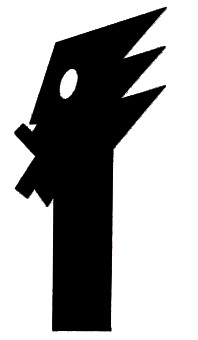Vox (3)
Настоящее имя: Vox (3)
German shellac label; active from 1921 to 1929.
The order numbers allow to recognize the recorded repertoire:
1000 series: orchestras
2000 series: female voices
3000 series: male voices
4000 series: several voices
5000 series: comical
6000 series: instrumentals
8000 series: orchestras
10000 series: Dutch recordings
20000 series: Indian recordings
30000 series: Swedish recordings
35000 series: Czech recordings
40000 series: Finnish recordings
0 (zero) and/ or * (asterisk) as prefix to "Bestell-Nr" (oder no.) stand for 30cm shellacs.
The matrix suffixes in the runouts identify the size and recording type and the recording location:
„A”: 30 cm acoustic recording (Germany)
„B“: 25 cm acoustic recording (Germany)
„AA“: 30 cm electric recording (Germany) - "Electro-Vox"
„BB“: 25 cm electric recording (Germany) - "Electro-Vox"
„Z“: 15 cm acoustic recording (Germany)
„C“: 30 cm acoustic recording (abroad)
„D“: 25 cm acoustic recording (abroad)
„E“: 15 cm acoustic recording (abroad)
„F“: 30 cm electric recording (abroad) - "Electro-Vox"
„G“: 25 cm electric recording (abroad) - "Electro-Vox"
After the bankruptcy in 1929, the matrices were acquired by Hermann Tietz (of the department stores "Hertie"), who pressed records with the former Vox repertoire.
In the early 1930s, the rights were then taken over by the Deutsche Crystalate GmbH (later renamed to Kristall-Schallplatten G.m.b.H.), and many former Vox recordings were reissued on "Kristall", but usually with other artist names (examples: Vox: Potpourri Aus „Das Dreimäderlhaus“ vs. Kristall: Das Dreimäderlhaus).


